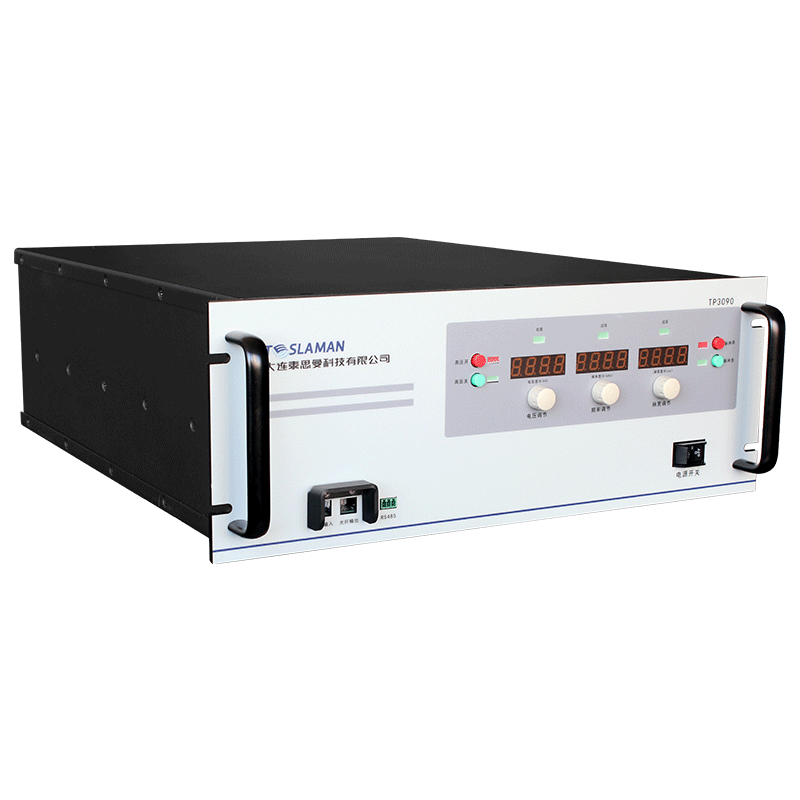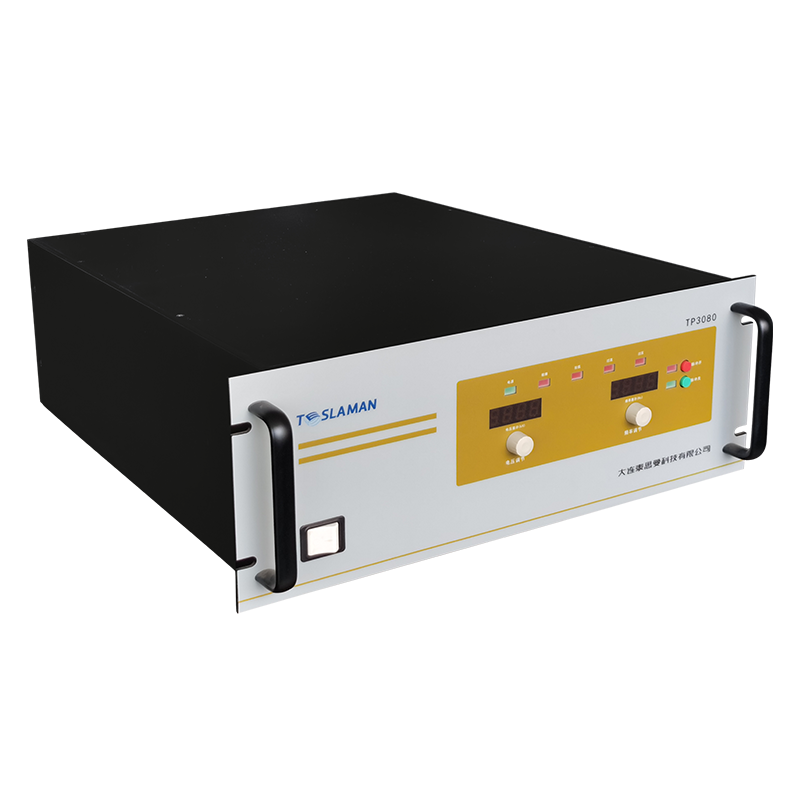Discussion on Customized Solutions for High Voltage Power Supplies: Key Technical Considerations and Engineering Practices
As specialized power electronic equipment, high voltage power supplies are seeing growing demand for customization in scientific research, medical, and industrial fields. This article systematically analyzes key technical parameters, application-specific solutions, and engineering implementation approaches in high voltage power supply customization, providing professional users with decision-making references.
I. Technical Decomposition of Custom Requirements
1. Electrical parameter customization:
Voltage dynamic range should be determined by breakdown characteristics, typically adjustable from 1kV-500kV
Current output capability requires load impedance analysis, commonly categorized as μA-level (insulation testing), mA-level (electrostatic applications), and A-level (special loads)
Ripple requirements vary by application: <0.1% for medical equipment, up to 1% for industrial use
2. Waveform characteristic customization:
DC stable type for most testing scenarios
Pulsed type (adjustable pulse width 50ns-10ms) for discharge research
High-frequency AC type (20kHz-1MHz) for special material processing
3. Control interface customization:
Basic: Local panel control
Standard: RS485/Ethernet communication
Advanced: Support for industrial protocols like Modbus TCP, CANopen
II. Custom Solutions for Typical Applications
1. Scientific research systems:
Requirements: Multi-parameter adjustability, high precision, data traceability
Customization points:
DSP+FPGA dual-core control architecture
Integrated data logging (sampling rate ≥1MS/s)
Safety interlock interfaces
2. Medical equipment integration:
Requirements: Low EMI, high reliability, compact design
Customization points:
Resonant conversion technology for noise reduction
Dual redundant protection circuits
Modular structure (volume ≤60% of standard)
3. Industrial online detection:
Requirements: Environmental durability, long-term stability
Customization points:
IP54+ protection rating
Derating design for critical components (service life ≥50,000 hours)
Remote diagnostic interfaces
III. Critical Engineering Implementation Paths
1. Topology selection:
1-10kV: Flyback or forward converter recommended
10-100kV: Cockcroft-Walton multiplier circuit
>100kV: Marx generator structure
2. Thermal management design:
Natural cooling: For power <500W
Forced air cooling: 500W-5kW range
Liquid cooling: >5kW or dense installation
3. Safety protection design:
Electrical isolation: Primary-secondary withstand voltage ≥2× operating voltage
Discharge protection: Auto-discharge time <5 seconds
Contact protection: Interlock switches + visual alarms
4. Verification testing process:
Type testing: Including 72-hour aging test
Environmental testing: -40℃~+85℃ temperature cycling
EMC testing: Compliant with EN 61326-1
IV. Customization Development Trends
1. Intelligent upgrades:
Adaptive control algorithms
Predictive maintenance functions
OTA parameter updates
2. New material applications:
GaN devices for higher switching frequency
Nanocrystalline cores for reduced losses
Advanced insulation materials for smaller size
3. System integration solutions:
Power supply-load co-optimization
Multi-unit parallel current sharing
Energy recovery topologies
Conclusion:
High voltage power supply customization is a multidisciplinary systems engineering project requiring comprehensive consideration of electrical performance, mechanical structure, control strategies and other dimensions. With digital twin technology development, virtual prototype-based customization will significantly shorten development cycles. Users are advised to: clearly define technical specifications in early stages, participate in key node verification during development, and establish complete maintenance records post-delivery to obtain optimal customized solutions.




















